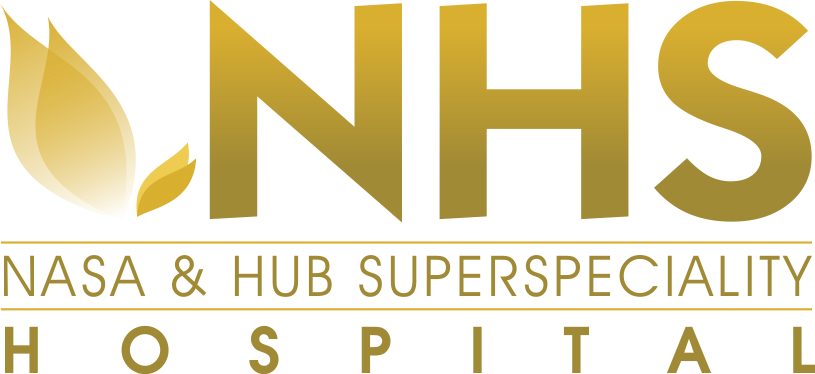
Back pain is the most common condition among people in adulthood. It significantly impacts the overall daily functioning of a person. There could be numerous reasons for back pain and some special cases may require intervention from neuro-specialists. This article aims to explore the common causes of back pain, its symptoms, and how neurosurgery can play a significant role in its management.
Working of your Spine
Your spine, also known as the backbone or spinal column, is an incredibly robust and flexible structure that grants us strength and agility. Comprising of 24 vertebrae stacked atop each other, it is supported by sturdy ligaments and muscles, with intervertebral discs in between. The tailbone at the base lack’s discs, being fused bones. Small facet joints line the spine from top to bottom, further enhancing its mobility. The spine safeguards the spinal cord, which connects the brain through the skull's base and the body via nerve roots within spaces between the vertebrae. With aging spine, it often results in increased stiffness.
What should you know about Back Pain?
Back pain can originate from different structures within the spine and surrounding tissues. Few of the common causes are listed below:
Muscular Strain
One of the most frequent causes of back pain is muscular strain. This occurs when muscles in the back are stretched or torn due to improper lifting, sudden movements, or overexertion. It often leads to localized pain and discomfort.
Herniated Disc
A herniated disc occurs when the soft inner core of a vertebral disc protrudes through its tough outer layer, putting pressure on nearby nerves. This can lead to radiating pain, numbness, or weakness in the legs.
Spinal Stenosis
Spinal stenosis is narrowing of the spinal canal that compresses the spinal cord and nerves. This can cause back pain along with symptoms such as leg pain and difficulty walking.
Degenerative Disc Disease
With age, the intervertebral discs lose their flexibility and cushioning properties. This condition is known as degenerative disc disease and can cause chronic back pain.
What are the Symptoms of Back Pain?
Back pain can manifest in various ways, depending on the underlying cause:
Acute vs. Chronic Pain
Acute back pain typically lasts for a short duration and is often the result of a specific injury or event. On the other hand, chronic back pain persists for three months or longer and may require specialized treatment.
Radicular Pain
When a nerve root is either compressed or irritated, it causes pain that radiates along the nerve pathway. This type of pain can extend into the legs, arms, or other areas of the body.
Muscle Spasms
Muscle spasms are involuntary contractions of muscles in the back, leading to sudden, intense pain and limited mobility.
When to Consider Neurosurgery
Neurosurgery is often considered a last resort when conservative treatments, such as rest, physical therapy, medications, and injections, fail to provide relief. It may be necessary for certain conditions that cause nerve compression or significant structural abnormalities.
Recovery and Rehabilitation
Following neurosurgery for back pain, proper recovery and rehabilitation are crucial for achieving the best possible outcome. Patients may be advised to engage in physical therapy, adopt a gradual exercise program, and make lifestyle changes to support long-term spinal health.
Back pain is a widespread condition that can be caused by various factors. When conservative treatments fail to provide relief, neurosurgery may be considered as an option. Neurosurgical procedures, such as spinal fusion, can help alleviate pain and improve the quality of life for individuals suffering from certain back conditions. However, it's essential to consult with a qualified neurosurgeon to determine the most appropriate treatment plan for each specific case. Remember that prevention is always better than cure, so maintaining a healthy lifestyle and practicing proper body mechanics can significantly reduce the risk of developing back pain in the first place.














